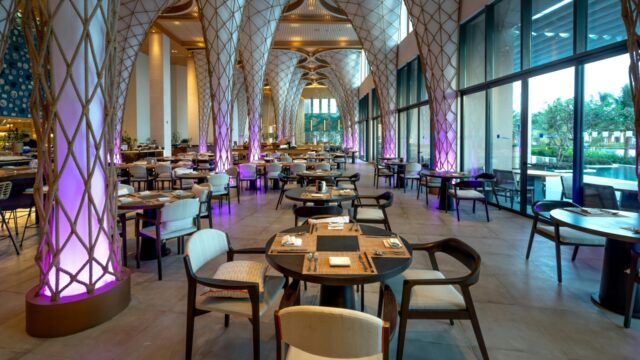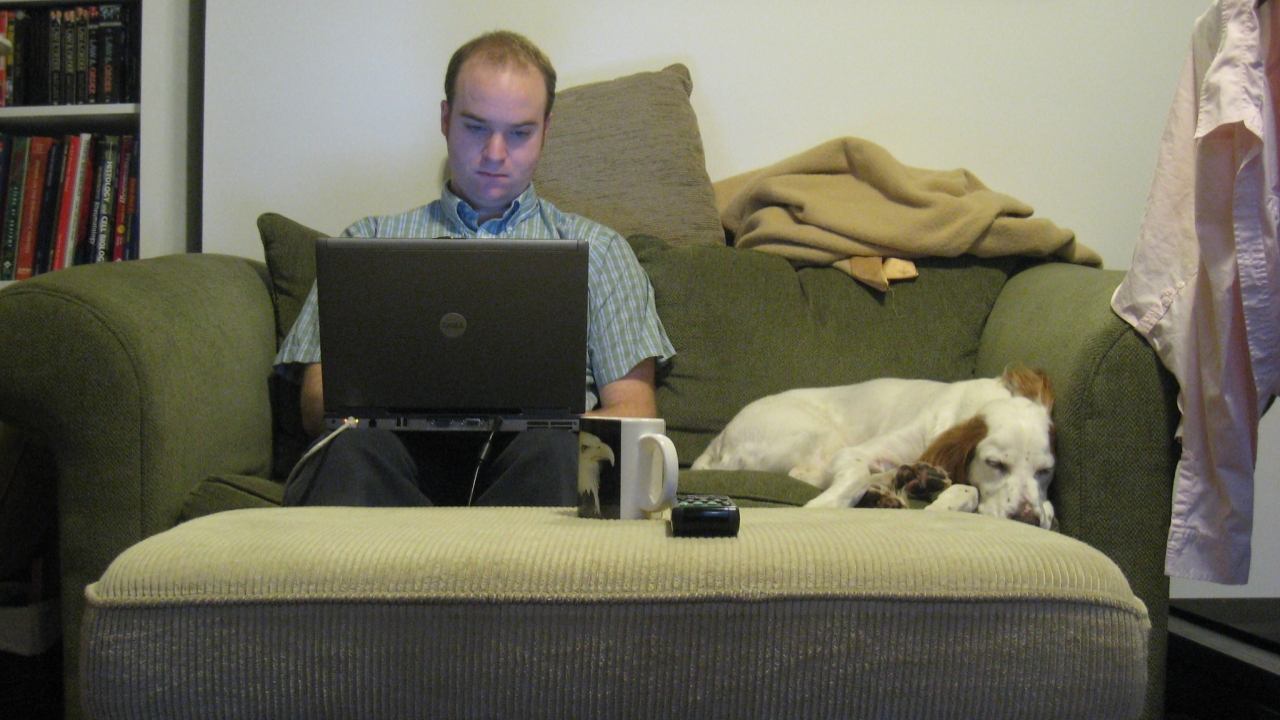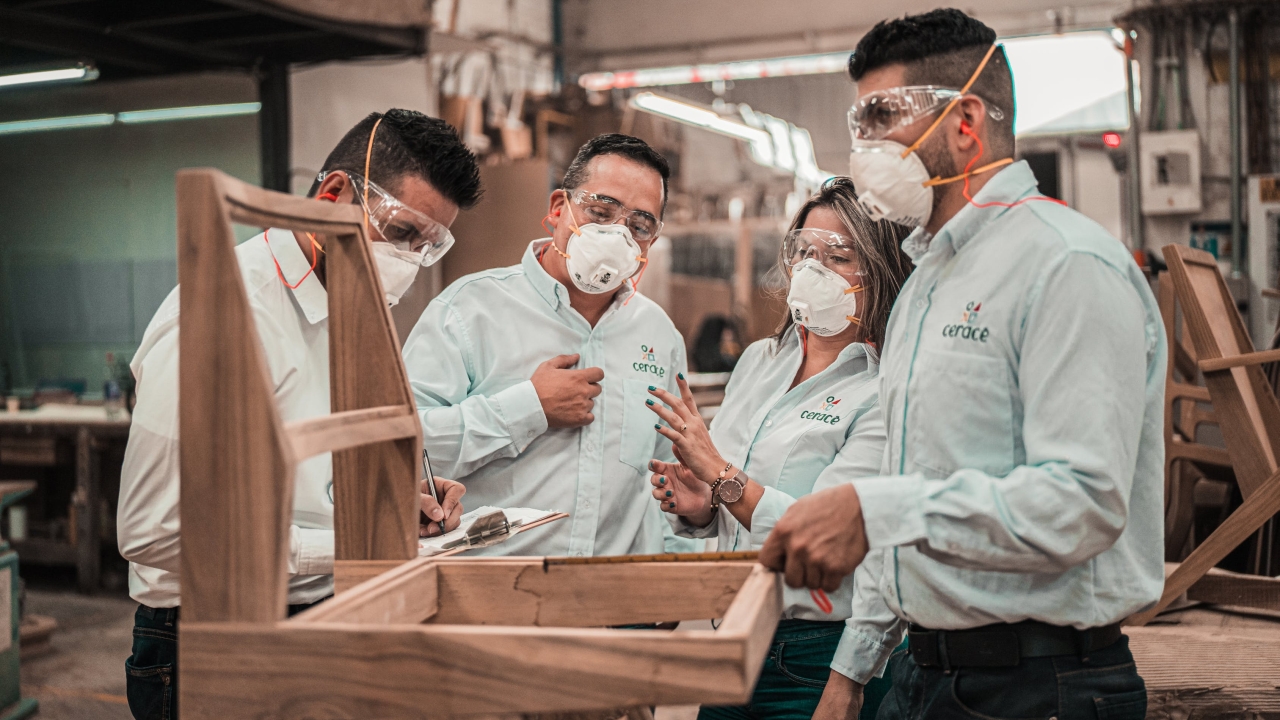
Is 2023 the year of “third space” working?
Originally posted on The Horizons Tracker.
As remote work mushroomed during the pandemic, attention focused on how fit the homes of workers are for remote working, what impact it may have on town centers, and even on the house prices in suburbs and other places popular with remote workers.
During 2021, research1 from the Business School (formerly Cass), City, University of London and Goldsmiths, University of London showed how remote workers value “third spaces”, such as cafes, bars, and even pubs, that they can work remotely in.
As such, the researchers argued that such potential third places should do more to cater to this active market, such as by providing more reliable WiFi, furniture suitable for working, and a ready supply of plug sockets.
The year of third spaces
Research2 from the Swinburne University of Technology argues that 2023 will be the year in which working from third spaces becomes the norm. The researchers examine how workers utilize third spaces, such as cafes and other such locations.
They cite data3 from OpenTable, which shows that around half of workers who operate remotely spend a portion of their working hours in cafes and other third spaces. This is a particularly popular trend among Gen Z, with around 10% saying that a third space is their preferred location to work from.
The Swinburne research found that cafes are the preferred third place work venues, but participants also use libraries, pubs, parks, and coworking spaces. On average, people working in third places do so 2-3 times per week, staying 15 minutes to 4 hours, and spending $4-$30 per visit.
They usually work alone, but when holding small meetings, the group size is limited to 2-3 individuals. The most frequent work activities performed outside of home and office include deep work, creative tasks, reading, administrative work, paperwork, emailing, small meetings, and informal phone calls.
Different types
The researchers identified a number of different types of third space users:
- “Device Disconnectors” visit third places as a respite from technology
- “Caffeine Creatives” use the new surroundings for a mental reset to boost their creativity
- “Suburban Socialites” visit third places to combat loneliness while working from home with frequent, short visits
- “Lunchtime Liaisons” use third places for regular meetings with clients or colleagues, often over a meal.
As the research from 2021 illustrated, people are attracted to third spaces for a number of reasons, including good wifi, tasty coffee, and even things like privacy or good music. What was common, however, was a desire for a nice and friendly atmosphere that has a degree of activity without being too crowded and noisy. They also didn’t want any time pressures associated with their stay or for staff to prompt them to buy things or leave.
“Venues looking to attract these types of workers might have signage welcoming people to work within, provide a dedicated working space, advertise the wi-fi password or offer special bundles, such as a two-hour package including unlimited coffee and a sandwich,” the researchers explain.
An attractive atmosphere
Food is obviously also important, with workers often choosing snacks and light meals. Indeed, over half reported only buying items that can be eaten with one hand, such as sandwiches, pastries, cookies, and muffins.
The top three benefits of working in a third place were found to be the mental reset, community and social connections they provide, as well as good food and coffee. On average, respondents reported that working from a third place positively impacts their overall well-being.
The likelihood of continuing to use a third place for work in the future was rated at 98%. However, not all work tasks are suitable for third places and workers avoid them for confidential work, large or longer meetings, and tasks that require a larger screen or specialized equipment.
A new business
Given the challenges faced by the hospitality sector over the past few years, there is a strong argument that by rethinking their approach slightly, businesses can capitalize on what is likely to be a growing trend for alternative workspaces.
Properly managed, ‘customer-workers’ can be a huge asset for third places. The two studies in this article demonstrate that people are tired of working from home but enjoy the social benefits of flexible work arrangements.
In the busy urban setting, workers can find an identity they cannot find in an empty office or dull home workspace. Both businesses and customers can benefit from these spaces, but owners must act quickly if they want to attract these new customers.
Article source: Is 2023 The Year Of “Third Space” Working?
Header image source: KAL VISUALS on Unsplash.
References:
- Mimoun, L., & Gruen, A. (2021). Customer work practices and the productive third place. Journal of Service Research, 24(4), 563-581. ↩
- Hopkins, J., Jopp, R., & Ferraro, C. (2023). Third Places – A healthy alternative to working from home? Melbourne: Third-Place.org; Swinburne University of Technology. ↩
- Ahwan, L. (2022, October 1). Working a Cafe Roster. Herald Sun. ↩






